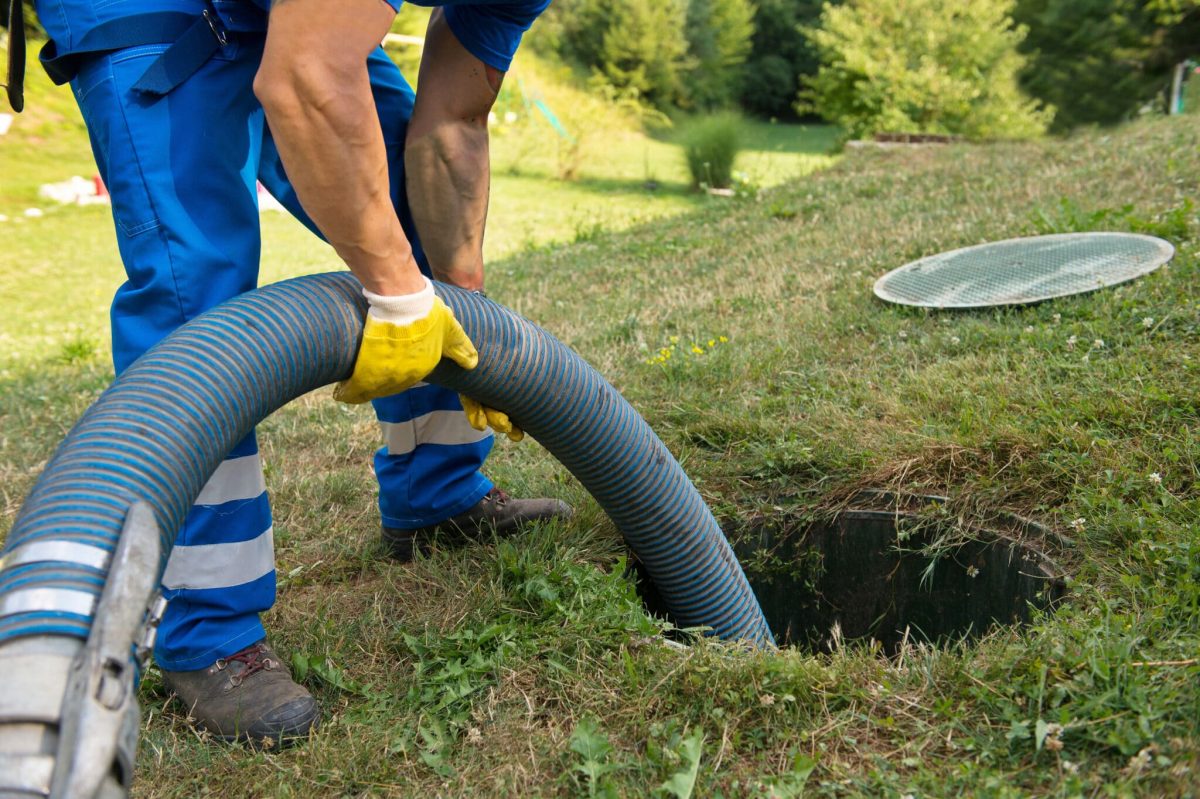Have you ever heard of the term “sewer pipe lining”? If not, think of it as a medical procedure for your pipes. Just like how doctors can fix certain issues without surgery, plumbers can now fix pipes without digging up your entire property. Sewer pipe lining is a game-changing method to repair and replace damaged, cracked, or leaky sewer lines. It employs a trenchless, “no dig” approach, which means you won’t see a crew digging massive trenches in your yard, tearing up your walkway, or chopping down your prized tree.
The essence of the method involves inserting epoxy-coated tubing into the faulty pipes. This tubing, once inflated, adheres to the inner surface of the existing pipes. The epoxy is then cured using hot air, steam, or even cutting-edge blue-light LED technology. Once hardened, you essentially have a brand-new pipe lining inside the old, damaged one. This new lining not only solves the current issue but also strengthens the pipe, giving it a potential life span of many decades.
Dive into the Process
1. Sewer Camera Inspection: This step ensures the correct identification of the problem areas within the pipe.
2. Cleaning the Pipes: Every bit of blockage or debris has to be cleared out for the lining to adhere correctly.
3. Measuring the Pipes: Accurate measurements are essential to prepare the correct length and size of the replacement tube.
4. Tube Preparation: Typically, tubes made of materials like fiberglass or polyester are utilized for this purpose.
5. Epoxy Impregnation: The tube is saturated with epoxy resin, which helps it adhere to the existing pipes. This tube is then inverted so that the resin is on the outside, ready to stick to the inner walls of the old pipes.
6. Insertion: The tube is delicately guided through the pipe system.
7. Curing the Tube: This step solidifies the epoxy, creating a robust new inner pipe wall. With modern technology like Bluelight LED, this process can be accelerated.
8. Restoration: Once the curing is done, regular flow can resume through the now reinforced pipes.
A Look Back: The Evolution of Trenchless Technology
The concept of fixing pipes without digging isn’t new, but the methods have come a long way. Initially, pipe repairs meant lots of digging, which was messy and often destructive. The first attempts at trenchless repair began with “sliplining.” As the name suggests, sliplining involves sliding a new, smaller pipe inside the damaged one. The old pipes would then become redundant. However, a more aggressive technique known as “pipe bursting” soon followed. This method involves forcing a new pipe through the old one, breaking it apart in the process.
Trenchless Pipe Lining Termins
- Epoxy Pipe Lining: A method using epoxy to form the new pipe lining.
- Sewer Pipe Relining: Another term for the sewer pipe lining process.
- Cured-In-Place-Pipe Lining (CIPP): A technical term for the process, where the new lining is cured or hardened in place.
- UV Sewer Lining: Uses ultraviolet rays in the curing process.
- Lateral Sewer Line: A side branch of the main sewer line.
- Drain Pipe Lining: This specifically refers to relining drain pipes.
- No Dig Sewer Relining: Emphasizes the trenchless nature of the procedure.
The Benefits of Sewer Pipe Lining
Trenchless pipe lining comes with a slew of benefits:
- No excavation, which preserves the aesthetics of your property.
- It eliminates the risk of damaging underground utilities.
- It’s an efficient solution to root intrusions in pipes.
- No post-repair pavement or restoration work is required.
- It can enhance the flow capacity of pipes.
- It’s cost-effective in the long run, saving you from expensive excavation work.
FAQs on Sewer Pipe Lining
How durable is sewer pipe lining?
Typically, a lined pipe can serve you for about 50 years. If pipes are severely damaged, they might need an earlier replacement.
What type of pipe is best for sewer lines?
Most plumbing experts recommend Polyvinyl Chloride (PVC) pipes due to their cost-effectiveness and ease of installation.
When should sewer lines be replaced?
Depending on the material and barring unusual damages, sewer lines can last between 50-100 years, sometimes even longer.
With advancements in technology and techniques, pipe maintenance and repair have never been more efficient and less invasive. So, next time you face a plumbing issue, remember there’s a trenchless solution out there that could save your yard and your wallet.









